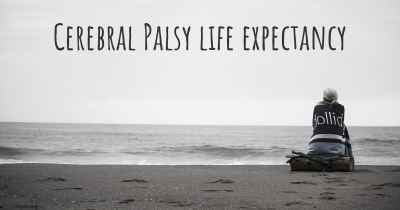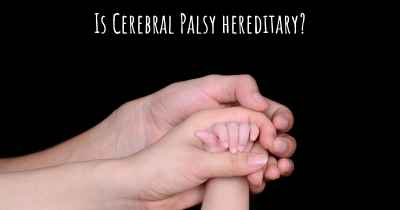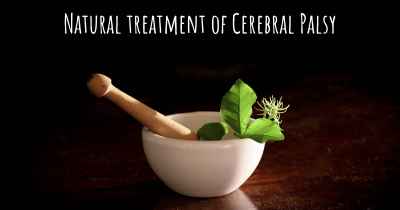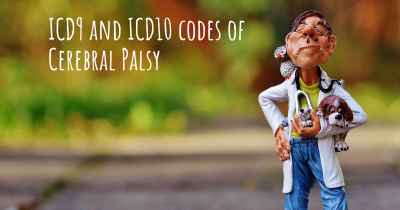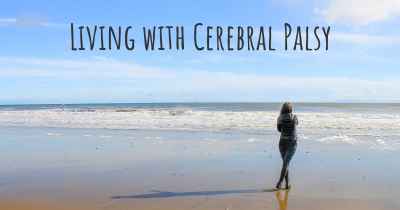What are the latest advances in Cerebral Palsy?
Here you can see the latest advances and discoveries made regarding Cerebral Palsy.
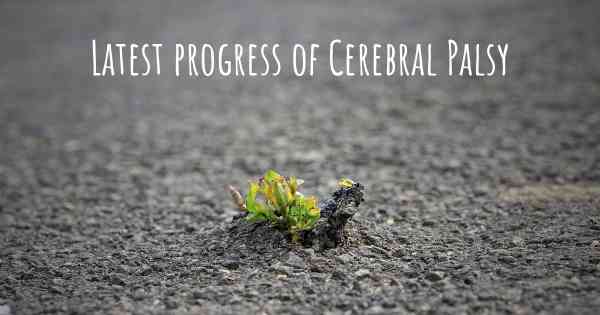
Cerebral Palsy (CP) is a group of neurological disorders that affect movement, muscle tone, and coordination. It is caused by damage to the developing brain, usually before or during birth. CP is a lifelong condition that can vary in severity and impact individuals in different ways. While there is no cure for CP, ongoing research and advancements in medical technology have led to significant improvements in the management and treatment of this condition.
Early diagnosis and intervention play a crucial role in improving outcomes for individuals with CP. Advances in medical imaging techniques, such as magnetic resonance imaging (MRI), have allowed for earlier and more accurate diagnosis of CP. This enables healthcare professionals to intervene and provide appropriate therapies and interventions at an earlier stage, optimizing the child's development and quality of life.
Robot-assisted therapy has emerged as a promising approach in the treatment of CP. Robotic devices, such as exoskeletons and robotic arms, can assist individuals with CP in performing repetitive movements and exercises. These devices provide support, guidance, and feedback, helping patients improve their motor skills and regain functional abilities. Robot-assisted therapy has shown positive results in enhancing muscle strength, coordination, and overall motor function in individuals with CP.
Neuromodulation techniques have also shown promise in the management of CP. Transcranial magnetic stimulation (TMS) and transcranial direct current stimulation (tDCS) are non-invasive techniques that involve applying magnetic or electrical currents to specific areas of the brain. These techniques can help modulate brain activity and promote neuroplasticity, potentially improving motor function and reducing spasticity in individuals with CP.
Advancements in assistive technologies have greatly enhanced the independence and quality of life for individuals with CP. Augmentative and alternative communication (AAC) devices, such as speech-generating devices and eye-tracking systems, enable individuals with communication difficulties to express themselves effectively. Additionally, advancements in mobility aids, such as powered wheelchairs and exoskeletons, provide individuals with CP greater mobility and freedom of movement.
Stem cell therapy holds promise for the future treatment of CP. Stem cells have the potential to regenerate damaged brain tissue and promote neural repair. While research in this area is still in its early stages, preliminary studies have shown encouraging results. Stem cell therapy may offer a potential avenue for reversing or minimizing the effects of CP, although further research and clinical trials are needed to establish its safety and efficacy.
Multi-disciplinary care approaches have become increasingly prevalent in the management of CP. These approaches involve a team of healthcare professionals, including neurologists, physiotherapists, occupational therapists, speech therapists, and psychologists, working together to provide comprehensive care and support for individuals with CP. This collaborative approach ensures that all aspects of the individual's well-being are addressed, leading to better outcomes and improved quality of life.
In conclusion, advancements in the understanding, diagnosis, and treatment of cerebral palsy have significantly improved the lives of individuals with this condition. Early diagnosis and intervention, robot-assisted therapy, neuromodulation techniques, assistive technologies, stem cell therapy, and multi-disciplinary care approaches are among the latest advances in the field. While there is still much to learn and explore, these advancements offer hope for continued progress in managing and improving the lives of individuals with cerebral palsy.
